If you love outdoor activities, you might be tempted to explore the wilderness in winter. The snow-covered landscape can offer stunning scenery and a unique challenge.
However, winter also brings many dangers, such as hypothermia, frostbite, dehydration, and avalanches. To survive in extreme cold, you need to be prepared and know some basic winter survival skills.
Here are 9 essential tips for outdoor adventurers who want to brave the cold weather.
1. Dress in layers
One of the most important things to do in cold weather is to dress appropriately. You need to wear layers of clothing that can trap your body heat and keep you warm.
The layers should also be breathable and moisture-wicking, so you don’t get wet from sweat or snow. Wet clothing can quickly lower your body temperature and increase your risk of hypothermia.
The general rule of thumb is to wear three layers of clothing: a base layer, a mid-layer, and an outer layer.
The base layer should be made of synthetic or wool material that can wick moisture away from your skin. The mid-layer should be made of fleece or wool material that can provide insulation and warmth. The outer layer should be made of waterproof and windproof material that can protect you from the elements.
Some examples of clothing items for each layer are:
- Base layer: long underwear, thermal shirt, socks
- Mid layer: sweater, fleece jacket, pants
- Outer layer: parka, ski pants, gloves, hat, scarf
You should also wear appropriate footwear that can keep your feet warm and dry. Choose boots that are waterproof, insulated, and have good traction. You can also wear gaiters to prevent snow from getting into your boots.
2. Stay hydrated
Dehydration is a common problem in cold weather, as the air is dry and your body loses water through breathing and sweating. Dehydration can impair your physical and mental performance, as well as make you more susceptible to hypothermia and frostbite.
To prevent dehydration, you should drink plenty of fluids before, during, and after your outdoor activity. You should also avoid alcohol and caffeine, as they can dehydrate you further and impair your judgment. You can drink water, sports drinks, or hot beverages such as tea or cocoa.
However, drinking fluids alone is not enough to stay hydrated. You also need to eat enough food to provide your body with energy and water. Food can help you generate heat and replenish the water that is lost through digestion.
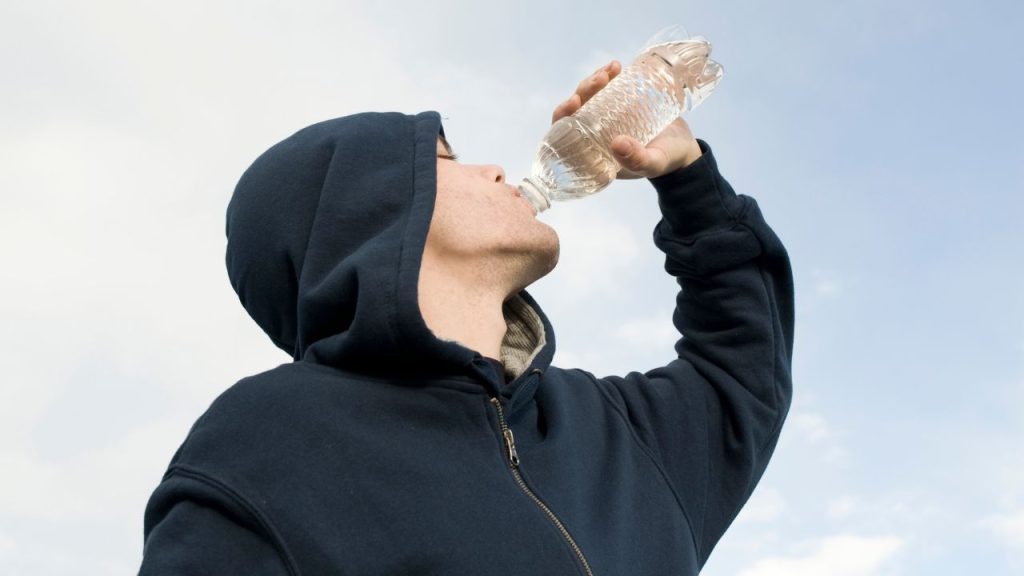
You should eat high-calorie foods that are rich in carbohydrates, fats, and proteins, such as nuts, dried fruits, chocolate, cheese, jerky, or energy bars.
3. Build a fire
A fire can be a lifesaver in cold weather, as it can provide you with warmth, light, comfort, and a way to cook food and melt snow for water. However, building a fire in winter can be challenging, as the wood may be wet or buried under snow.
To build a fire in winter, you need to find a suitable location that is sheltered from the wind and snow. You also need to clear the ground of snow and create a platform of rocks or logs to elevate the fire from the moist ground. You then need to gather tinder, kindling, and fuel for the fire.
Tinder is a material that can catch fire easily with a spark or a flame. It should be dry and fluffy, such as birch bark, pine needles, dry grasses, or cotton balls soaked in petroleum jelly.
Kindling is the material that can burn quickly and ignite the larger fuel. It should be dry and thin, such as small twigs, pine cones, or wood shavings.
Fuel is the material that can sustain the fire for a long time. It should be dry and thick, such as large branches or logs.
To start the fire, you need to create a pile of tinder in the center of the platform. You then need to arrange the kindling around the tinder in a teepee or lean-to shape. You then need to light the tinder with a match, lighter, or fire starter.
Once the tinder catches fire, you need to blow gently on it to help it spread to the kindling. Once the kindling catches fire, you need to add more kindling and fuel gradually until you have a stable fire.
4. Build a shelter
If you are planning to spend the night outdoors in winter, you need to build a shelter that can protect you from the cold and wind. A shelter can also help you conserve your body heat and prevent heat loss.
There are different types of shelters that you can build in winter depending on the materials available and the amount of time and energy you have. Some examples are:
Snow cave
A snow cave is a shelter that is dug into a snow bank or drift. It can provide excellent insulation and protection from the wind.
To build a snow cave, you need to find a suitable location that has deep and stable snow. You then need to dig a tunnel into the snow that is large enough for you to crawl through. You then need to dig a chamber at the end of the tunnel that is large enough for you to sit or lie down.
You then need to poke some ventilation holes in the roof and walls of the cave with a stick or a ski pole. You also need to block the entrance of the tunnel with a snow block or a backpack to prevent cold air from entering.
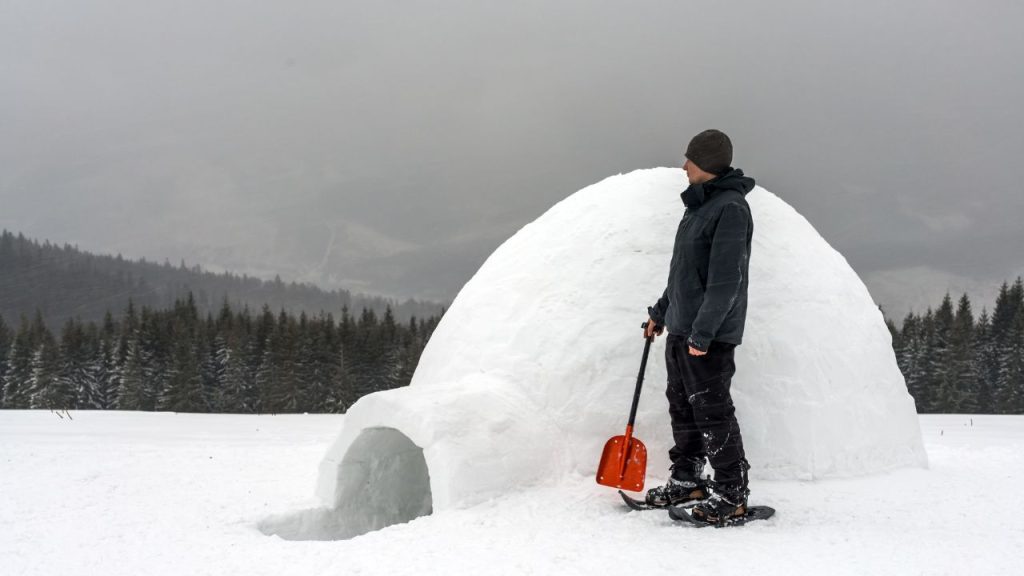
You can also line the floor of the cave with a tarp, a sleeping pad, or some evergreen boughs to provide insulation and comfort.
Quinzee
A quinzee is a shelter that is made by piling up snow and then hollowing it out. It can also provide good insulation and protection from the wind.
To build a quinzee, you need to find a flat area that has enough snow. You then need to pile up the snow into a dome shape that is about 2 meters (6 feet) high and 3 meters (10 feet) wide. You then need to pack the snow down with your hands or feet. You then need to insert some sticks or branches into the dome that are about 30 centimeters (12 inches) long.
These will serve as markers for the thickness of the walls. You then need to dig an entrance on one side of the dome that is large enough for you to crawl through.
You then need to dig out the inside of the dome until you reach the ends of the sticks or branches. You then need to poke some ventilation holes in the roof and walls of the quinzee with a stick or a ski pole.
You also need to block the entrance of the quinzee with a snow block or a backpack to prevent cold air from entering. You can also line the floor of the quinzee with a tarp, a sleeping pad, or some evergreen boughs to provide insulation and comfort.
Lean-to
A lean-to is a shelter that is made by leaning branches or poles against a horizontal support, such as a tree or a rock. It can provide some protection from the wind and snow, but it is not very insulated.
To build a lean-to, you need to find two trees or rocks that are about 2 meters (6 feet) apart. You then need to place a long branch or pole across them as a support. You then need to lean smaller branches or poles against the support at an angle of about 45 degrees. You then need to cover the branches or poles with evergreen boughs, leaves, grasses, or snow to create a wall.
You can also place some evergreen boughs on the ground in front of the wall to create a windbreak. You can also line the floor of the lean-to with a tarp, a sleeping pad, or some evergreen boughs to provide insulation and comfort.
5. Prevent frostbite
Frostbite is a condition that occurs when your skin and underlying tissues freeze due to exposure to cold temperatures. Frostbite can cause permanent damage to your body parts, such as fingers, toes, nose, ears, cheeks, and chin.
To prevent frostbite, you need to keep your body parts warm and dry. You should wear gloves, mittens, socks, boots, hats, scarves, and face masks that are made of warm and waterproof materials. You should also avoid tight clothing or jewelry that can restrict blood flow.
You should also check your body parts regularly for signs of frostbite, such as numbness, tingling, pain, blisters, or discoloration. If you notice any signs of frostbite, you should seek medical attention as soon as possible.
To treat frostbite, you need to rewarm your affected body parts gradually and gently. You should not rub or massage them, as this can cause more damage. You should not expose them to direct heat sources, such as fire, stove, or heater, as this can cause burns.
You should immerse your affected body parts in warm water (not hot) for about 20 minutes or until they feel warm and soft again. You should dry them gently and wrap them in sterile bandages. You should elevate them above your heart level if possible.
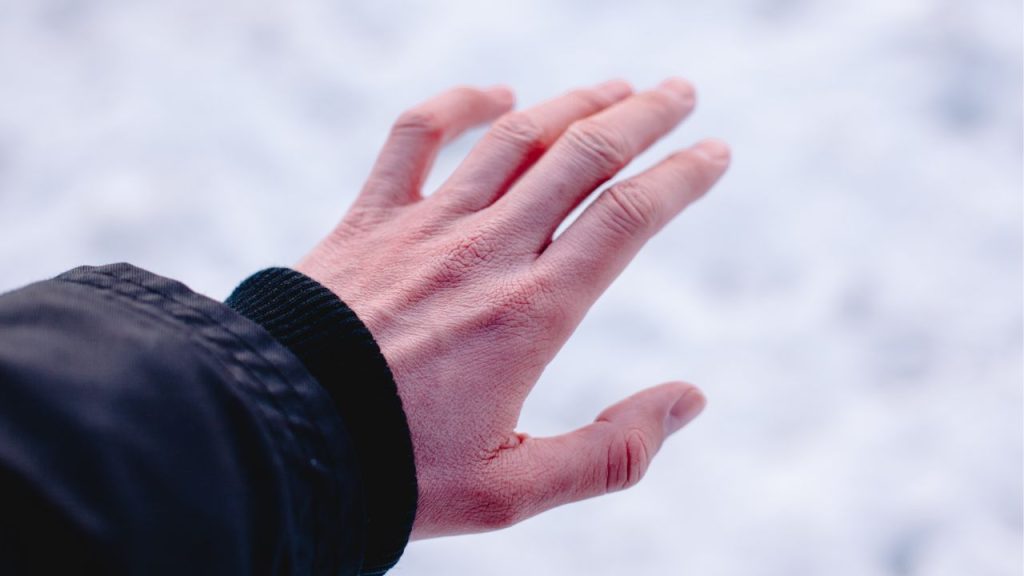
You should not walk on frostbitten feet or toes unless necessary, as this can cause more damage. You should seek medical attention as soon as possible.
6. Prevent hypothermia
Hypothermia is a condition that occurs when your core body temperature drops below 35°C (95°F) due to exposure to cold temperatures. Hypothermia can cause confusion, drowsiness, shivering, slurred speech, weak pulse, slow breathing, and loss of consciousness.
To prevent hypothermia, you need to keep your core body temperature high by staying warm and dry. You should wear layers of clothing that can trap your body heat and keep you warm.
You should also avoid sweating, as this can lower your body temperature and make you wet. You should adjust your clothing and activity level accordingly.
You should also eat and drink enough to provide your body with energy and water. You should eat high-calorie foods that are rich in carbohydrates, fats, and proteins, such as nuts, dried fruits, chocolate, cheese, jerky, or energy bars. You should drink water, sports drinks, or hot beverages such as tea or cocoa.
You should also seek shelter from the wind and snow. You should build a fire if possible to provide you with warmth and comfort. You should also use a sleeping bag, a blanket, or some evergreen boughs to cover yourself and create a layer of insulation.
You should also check yourself and your companions regularly for signs of hypothermia, such as shivering, confusion, drowsiness, slurred speech, weak pulse, slow breathing, and loss of consciousness. If you notice any signs of hypothermia, you should seek medical attention as soon as possible.
To treat hypothermia, you need to rewarm your body gradually and gently. You should not rub or massage your body, as this can cause more damage. You should not expose your body to direct heat sources, such as fire, stove, or heater, as this can cause burns.
You should move to a warm and dry place if possible. You should remove any wet clothing and replace it with dry clothing. You should wrap yourself in blankets or sleeping bags and huddle with other people if possible.
You should drink warm fluids (not hot) that contain sugar or honey to provide your body with energy and water. You should eat high-calorie foods that are rich in carbohydrates, fats, and proteins to provide your body with heat and energy.
You should seek medical attention as soon as possible.
7. Avoid avalanches
Avalanches are masses of snow that slide down a slope due to gravity and other factors. Avalanches can be triggered by natural causes, such as weather changes, snow accumulation, or earthquakes.
They can also be triggered by human activities, such as skiing, snowboarding, snowshoeing, or snowmobiling.
Avalanches can be deadly, as they can bury or injure people under tons of snow. They can also destroy buildings and infrastructure. To avoid avalanches, you need to be aware of the avalanche risk and take precautions.
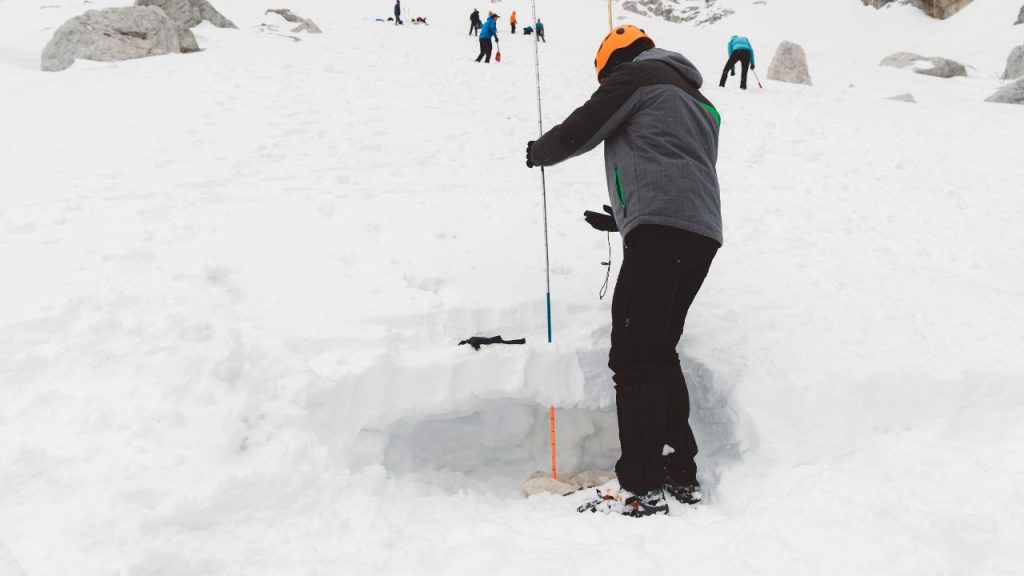
How to assess the avalanche risk
To assess the avalanche risk, you need to consider the following factors:
Terrain
The slope angle, shape, orientation, and elevation of the terrain can affect the likelihood and size of an avalanche.
Generally speaking, slopes that are steeper than 30 degrees are more prone to avalanches than flatter ones.
- Slopes that are convex (curved outward) or concave (curved inward) are more unstable than straight ones.
- Slopes that face north or east are colder and hold more snow than those that face south or west.
- Slopes that are higher in elevation are more exposed to wind and snowfall than lower ones.
Snowpack
The structure, composition, and condition of the snow layers on the slope can affect the stability and cohesion of the snowpack.
Generally speaking, snow layers that are weak (such as hoar frost), thin (such as wind slab), or different (such as new snow on old snow) are more likely to cause avalanches than strong (such as compacted snow), thick (such as dense snow), or similar (such as uniform snow) ones.
Weather
The temperature, precipitation, wind, and sunlight can affect the formation and transformation of the snow layers on the slope.
Generally speaking, weather changes, such as rapid warming, heavy snowfall, strong wind, or intense sunlight can weaken the snowpack and increase the avalanche risk.
Reduce the avalanche risk
To reduce the avalanche risk, you need to take the following precautions:
Plan ahead
Before you go out, you should check the avalanche forecast for your area and choose a route that avoids high-risk terrain. You should also inform someone of your plans and expected return time.
You should also carry a map, a compass, a GPS device, and a communication device with you.
Equip yourself
You should wear an avalanche transceiver, a probe, and a shovel with you at all times. These are essential tools for locating and rescuing avalanche victims.
You should also wear a helmet, goggles, and an avalanche airbag to protect yourself from injury and increase your chances of survival.
Travel smart
You should travel in small groups and maintain visual and verbal contact with each other. You should also spread out and cross one at a time when crossing high-risk terrain.
You should also avoid stopping or resting in areas that are exposed to avalanches, such as below steep slopes or in gullies.
React fast
If you are caught in an avalanche, you should try to escape to the side or grab onto something solid. You should also activate your avalanche airbag if you have one.
You should also try to create an air pocket around your mouth and nose by covering them with your hands or clothing. You should also try to stay calm and conserve your energy.
If you witness an avalanche, you should try to locate the victims as soon as possible. You should use your avalanche transceiver to search for their signals and mark their locations.
You should then use your probe to pinpoint their exact position and depth. You should then use your shovel to dig them out carefully and gently. You should also check their vital signs and provide first aid if needed.
8. Signal for help
If you are in an emergency situation in winter, you need to signal for help as soon as possible. You need to attract the attention of potential rescuers, such as other people, helicopters, planes, or satellites.
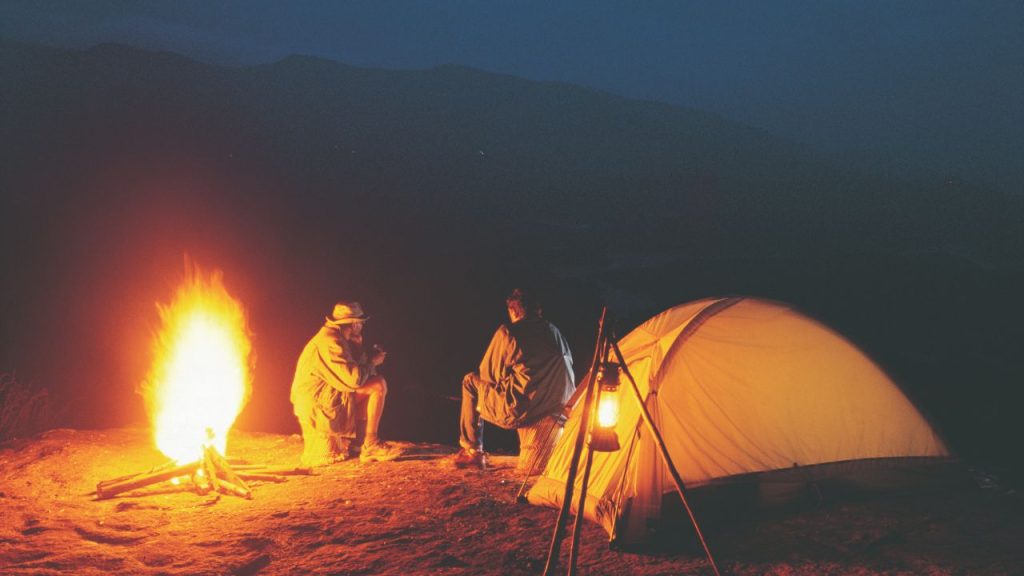
There are different ways to signal for help in winter depending on the materials available and the visibility conditions. Some examples are:
Fire
A fire can be a visible and audible signal for help in winter, especially at night or in low-light conditions.
You can build a fire using dry wood or other flammable materials. You can also add green branches or leaves to create smoke. You can also use a metal container or a mirror to reflect the firelight.
Snow
Snow can be used to create contrast and shape on the ground that can be seen from above.
You can use snow to write SOS or HELP on the ground using large letters that are at least 3 meters (10 feet) long. You can also use snow to create arrows or X marks that point to your location or direction of travel.
Objects
You can use different objects to create contrast and shape on the ground that can be seen from above.
You can use objects that are bright-colored, shiny, or reflective, such as clothing, tarps, blankets, flags, mirrors, flashlights, or flares. You can also use objects that are dark-colored or metallic, such as rocks, logs, cans, pots, or pans.
Sound
Sound can be used to attract attention and communicate with potential rescuers in winter. You can use sound devices that are loud and distinctive, such as whistles, horns, bells, or sirens.
You can also use natural or improvised sound sources, such as clapping, shouting, and banging rocks or metal objects together.
You should signal for help in a consistent and repetitive pattern that can be recognized by potential rescuers.
The universal distress signal is three of anything: three fires, three snow letters, three objects, and three sounds. You should signal for help in intervals of about 15 minutes and rest in between.
You should also vary your signals depending on the time of day and the weather conditions.
9. Stay positive
One of the most important factors for surviving in cold weather is your mental attitude. Your mental attitude can affect your physical performance, your decision-making, and your will to live.

To stay positive in cold weather, you need to do the following:
Set realistic goals
You need to set realistic goals that are achievable and measurable.
For example, you can set a goal to build a fire, find water, or signal for help. You should also break down your goals into smaller and simpler steps that are easier to accomplish.
For example, you can break down the goal of building a fire into finding tinder, kindling, and fuel, creating a platform, and lighting the tinder.
Celebrate your achievements
You need to celebrate your achievements, no matter how small or big they are.
For example, you can celebrate finding dry wood, making a fire, or getting a response from a rescuer. You should also reward yourself with something that makes you happy, such as eating a chocolate bar, drinking a hot beverage, or listening to music.
Celebrating your achievements can boost your morale and motivation and make you feel proud and confident.
Keep yourself busy
You need to keep yourself busy with productive and meaningful activities that can help you survive and improve your situation.
For example, you can keep yourself busy by gathering more wood, improving your shelter, or making more signals. You should also keep yourself busy with enjoyable and relaxing activities that can distract you from the cold and boredom.
For example, you can keep yourself busy by reading a book, playing a game, or singing a song. Keeping yourself busy can prevent you from feeling hopeless and depressed and make you feel optimistic and hopeful.
Think positively
You need to think positively about your situation and your future. You should avoid negative thoughts that can make you feel scared, angry, or guilty. You should also avoid unrealistic thoughts that can make you feel disappointed or frustrated.
For example, you should not think that you will die, that no one will rescue you, or that you could have done something differently. Instead, you should think that you will survive, that someone will rescue you, or that you did the best you could.
Thinking positively can help you cope with stress and anxiety and make you feel calm and resilient.
Best of Luck!
I hope this article has given you some useful tips on how to survive in the extreme cold.
Remember, winter survival is not only about physical skills and tools but also about mental attitude and learning from others.
Stay warm, stay hydrated, stay positive, and stay safe!

Diana Miller, is a dedicated nature enthusiast and an outdoor adventurer. She began leading groups for excursions in her teens and never stopped. Following her passion for nature, she gathers her friends for outdoor trips every now and then. And for the last 10 years, she has executed workshops on backpacking, snow kayaking and traveling that included her main motive of lightweight packing while outdoors. During leisure, she loves planning for her next adventure.



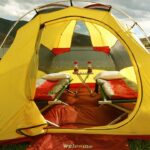


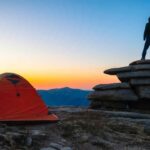


Leave a Comment